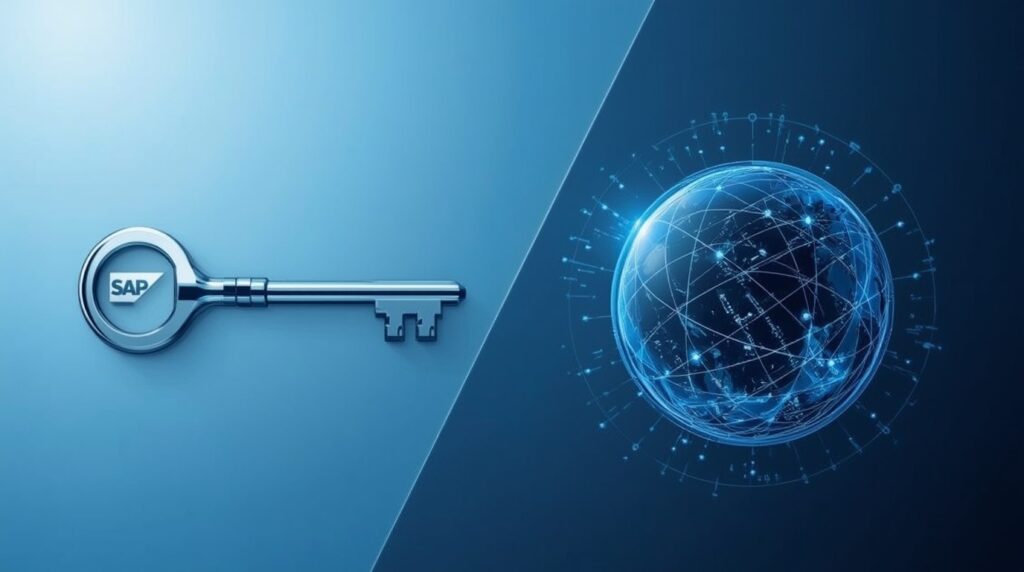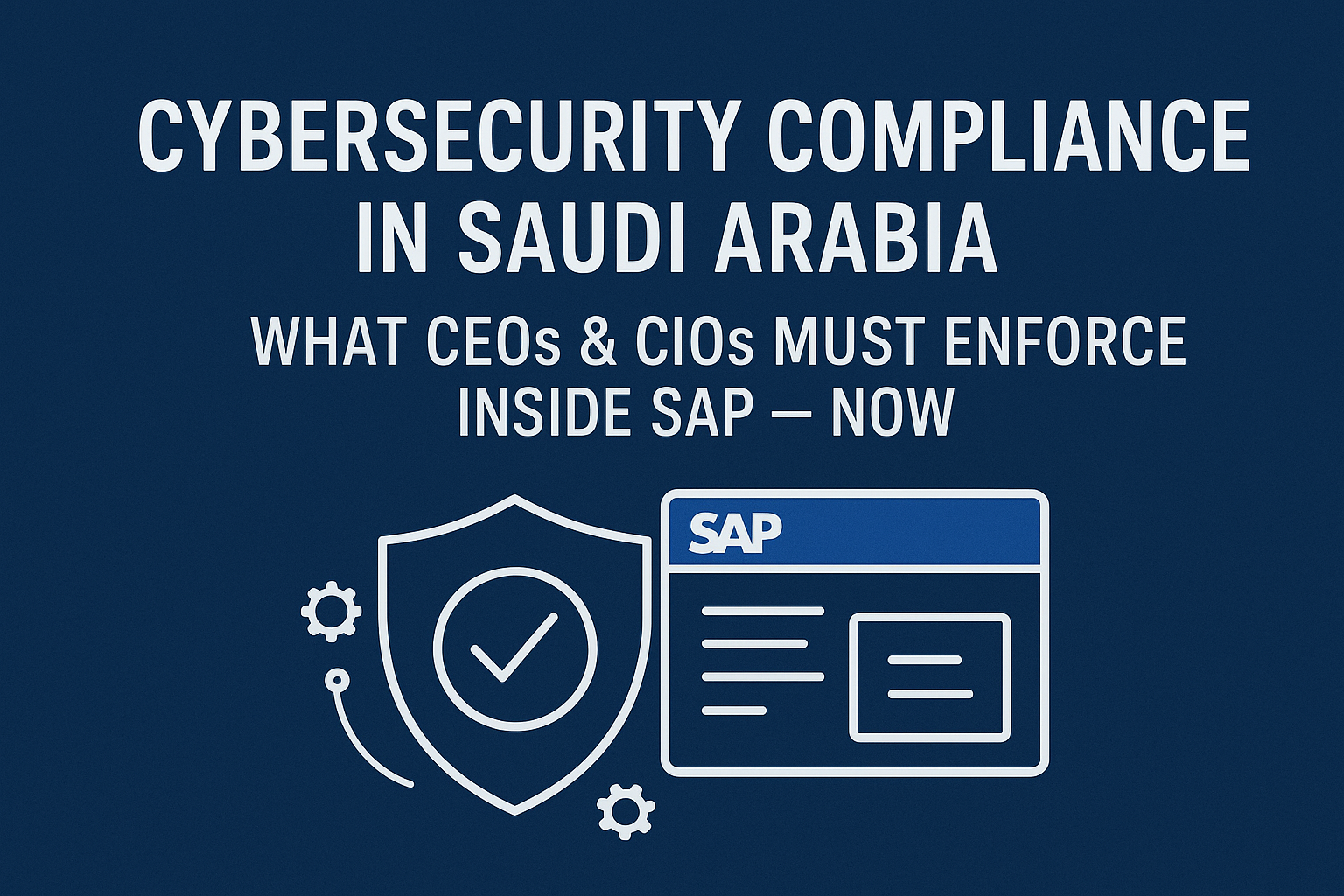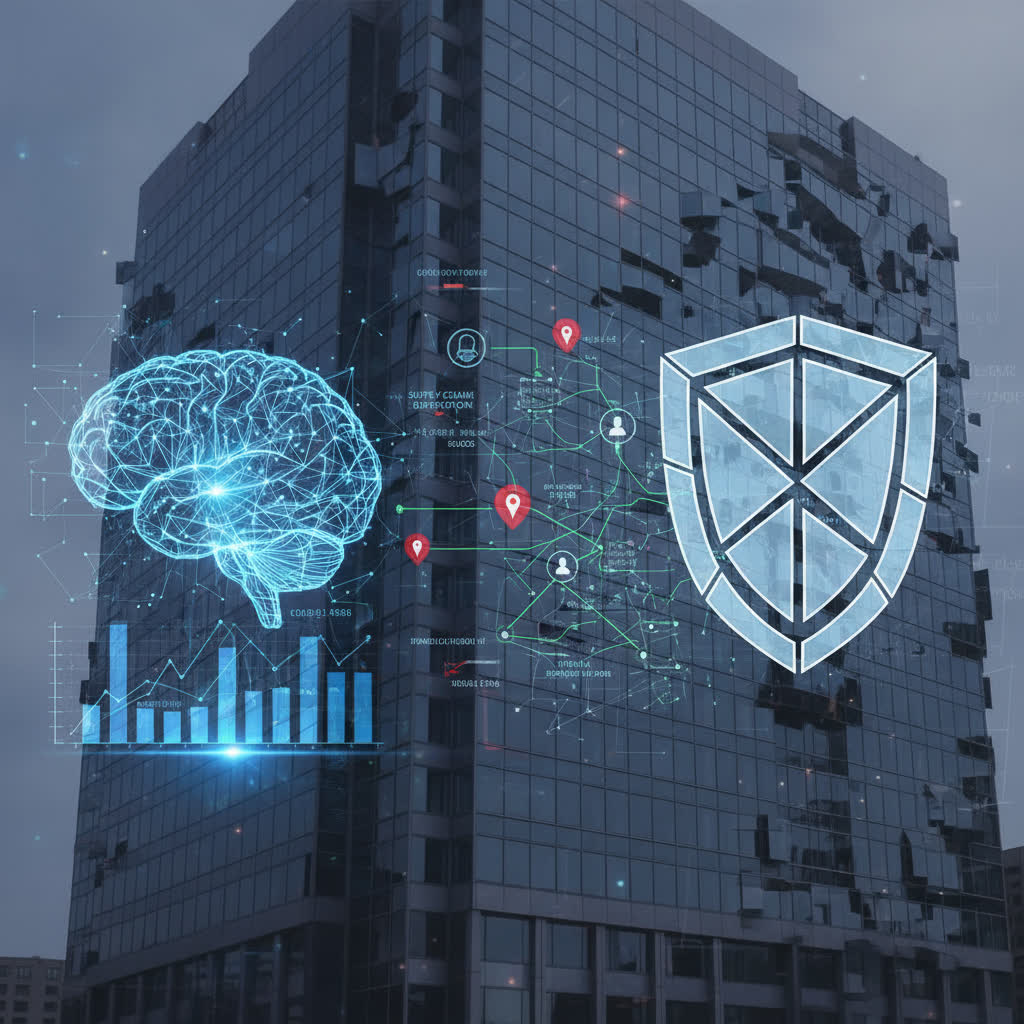In the digital era, securing enterprise information has become one of the most significant priorities for companies of all sizes. With the increasing reliance on SAP systems, ensuring only legitimate users obtain the right access at the right time is more than just good practice—it is a fundamental requirement for both operational efficiency and regulatory adherence. As organizations grow, they often encounter a critical question: Should they rely solely on SAP access control or embrace a broader identity access governance approach? Understanding the differences and knowing which is more appropriate for particular business needs can have a profound impact on operational security, risk management and compliance outcomes.
The Basics: What Is SAP Access Control?
SAP access control provides a highly structured framework for managing user permissions within SAP environments. This system-centric approach enables administrators to define and assign roles and authorizations to users, tightly orchestrating which individuals have entry to specific data or transaction sets. By building detailed authorization concepts, companies minimize the risk of unauthorized access while also maintaining the kind of granular visibility auditors and compliance regimes require. Furthermore, SAP access control tools often feature automated monitoring and reporting, supporting the business’s evidence collection for internal or external reviews. For organizations seeking to streamline user management across key SAP applications, robust access control mechanisms form the bedrock of operational security, allowing the company to tailor permissions precisely to each role in the organization.
Understanding Identity Access Governance (IAG)
Identity access governance (IAG), by contrast, broadens the perspective from application-level access management to enterprise-scale oversight. Rather than focusing exclusively on SAP or another application, IAG seeks to create an overarching policy for all identities within the company. This means not only are user accounts and roles managed consistently, but regulatory checks, compliance reporting and risk assessments are integrated across disparate platforms. Implementation and operation of Identity and Access Management (IAM) solutions form the foundation of IAG, offering centralized control over who enters which applications, when and under what circumstances. With IAG, businesses develop policies that transcend individual departments or technologies, ensuring that access rights stay in alignment with both internal policy and external regulation as business needs shift and grow.
Key Differences Between SAP Access Control and IAG
On the surface, both SAP access control and identity access governance aim to manage user permissions and minimize risk. However, their scope, technical foundation and long-term objectives differ significantly. SAP access control is designed to fine-tune authorizations within the SAP ecosystem, applying security policies to roles, transactions and system objects unique to SAP technology. It excels when dealing with complex business processes deeply embedded in SAP modules and when audit-readiness for specific regulations like SOX or GDPR is required at the SAP level. Identity access governance, on the other hand, is concerned with unifying identity and access processes across the entire IT landscape. Through the implementation of IAM solutions, IAG addresses provisioning, deprovisioning, compliance and risk at every level of the infrastructure, ensuring consistency even when multiple SAP and non-SAP applications are in play. Governance frameworks, when supported by a GRC solution, incorporate risk scoring, policy enforcement and holistic monitoring often absent in isolated access controls.
When Is SAP Access Control Enough?
Some organizations may find that their operations—especially those rooted almost entirely in the SAP ecosystem—can rely effectively on access control features native to SAP itself. This is typically the case for smaller or mid-sized businesses whose workforce operates primarily within a contained suite of SAP modules. If integration with external platforms is limited, regulatory requirements focus specifically on SAP-based processes and the business is not pursuing aggressive cloud adoption, then SAP access control provides efficient protection. Implementation of GRC solutions can further enhance this system, offering real-time monitoring, SoD conflict checks and comprehensive reporting expressly designed for SAP compliance demands. In these scenarios, SAP access control, augmented with targeted governance tools, empowers companies to mitigate internal risks, maintain regulatory alignment and demonstrate audit readiness with manageable administrative overhead.
The Case for Identity Access Governance
For organizations operating in complex, hybrid IT environments, identity access governance becomes a necessity rather than a luxury. Growth through mergers, the introduction of new SaaS applications, mobile working and the need for regulatory compliance in multiple jurisdictions all make enterprise-wide access management essential. Implementation and operation of IAM solutions underpin a unified strategy for identity governance, enabling companies to automate user lifecycle management, enforce policy-driven access across platforms and streamline onboarding and offboarding processes. When paired with robust GRC solutions, businesses gain detailed analytics, audit trails and compliance dashboards that simplify regulatory reporting while strengthening defenses against both accidental and malicious breaches. In this context, identity access governance not only supports operational agility but also ensures security policies keep pace with technology change and organizational growth.
Challenges and Opportunities in Implementation
Selecting and deploying either SAP access control or a broader IAG system, or integrating both, are not trivial undertakings. IT departments must consider existing infrastructure, potential integration hurdles, the skillsets of administrators and the ever-tightening net of regulatory requirements. Cost, too, remains a significant variable, especially as the number of users and the complexity of business processes grow. The implementation and operation of IAM and GRC solutions require a strong partnership between business and IT stakeholders to map requirements to existing and future workflows, document policies and customize controls. However, successful implementation delivers dividends in risk reduction, audit efficiency and business agility. Engagement with experienced consultants and leveraging prebuilt tools can dramatically speed time to value and minimize operational disruption during the transition period.
Determining whether SAP access control or identity access governance fits best requires a thorough assessment of your company’s structure, industry and long-term vision. If your operations primarily revolve around SAP and regulatory demands are SAP-centric, a carefully designed SAP access control system supplemented by GRC solutions can often meet compliance and audit standards with minimal complexity. For companies with significant non-SAP systems, high user turnover, multi-cloud environments or a need for unified compliance reporting, identity access governance delivered through IAM provides the scale and flexibility required for modern business operations. The best approach may be a layered one, combining SAP access control for deep, application-specific monitoring with enterprise-wide IAG for holistic visibility and policy management. Prioritizing automation, minimizing manual intervention and ensuring timely updates to policies are all vital regardless of which solution is chosen, so that businesses can adapt confidently as they expand into new markets and technologies.





